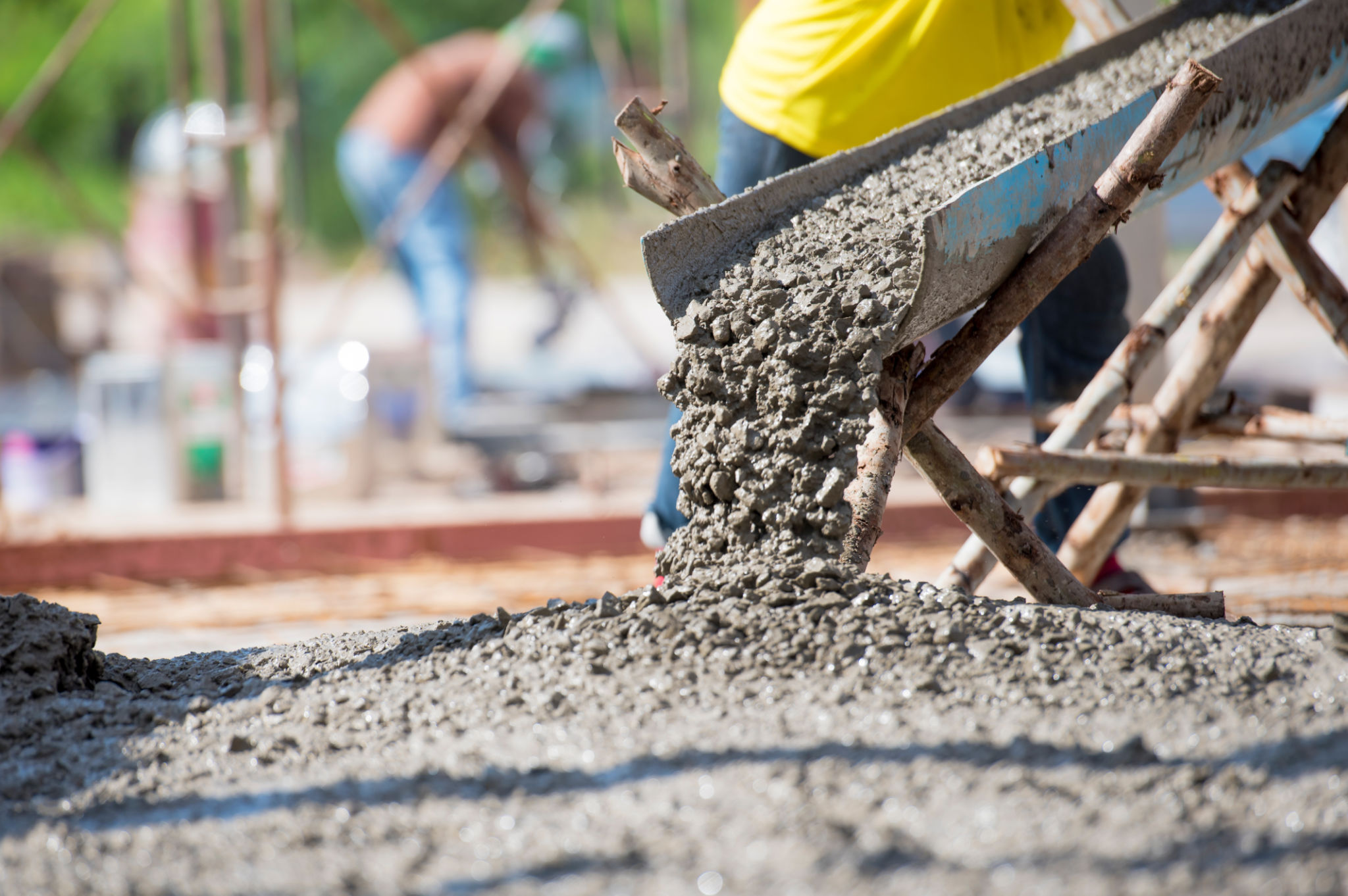Common Myths About Concrete Cracking and How to Prevent It
Introduction
Concrete is one of the most widely used construction materials due to its strength and durability. However, it's not uncommon for people to notice cracks in concrete structures, which often leads to a variety of myths and misconceptions. In this blog post, we aim to debunk some of these common myths and provide practical tips on how to prevent concrete cracking.
Myth 1: All Concrete Cracks Are Structural Failures
One of the most prevalent myths is that any crack in concrete signifies a structural failure. While some cracks can indicate serious issues, many are simply a result of natural shrinkage and settling. It's important to distinguish between harmless surface cracks and those that could compromise the integrity of the structure.

Types of Cracks
Concrete cracks can be categorized into different types, such as shrinkage cracks, settlement cracks, and structural cracks. Shrinkage cracks are usually minor and occur as the concrete dries and loses moisture. Settlement cracks happen when the ground beneath the concrete shifts. Structural cracks, on the other hand, can be more serious and require immediate attention.
Myth 2: Adding More Water to the Mix Prevents Cracking
Another common myth is that adding more water to the concrete mix can help prevent cracking. In reality, too much water can weaken the concrete, making it more susceptible to cracks. The key is to use the right water-to-cement ratio to ensure optimal strength and durability.
Proper Mixing Techniques
To achieve the best results, it's essential to follow proper mixing techniques. Use a consistent water-to-cement ratio and mix the concrete thoroughly. Additionally, consider using additives like fiber reinforcement or plasticizers to enhance the concrete's properties and reduce the likelihood of cracking.

Myth 3: Concrete Cracks Only Because of Poor Installation
While poor installation can contribute to concrete cracking, it's not the sole cause. Factors such as temperature changes, moisture levels, and soil conditions also play a significant role. Even well-installed concrete can develop cracks over time due to these external factors.
Preventative Measures
To minimize the risk of cracking, consider the following preventative measures:
- Ensure proper curing by keeping the concrete moist for at least seven days.
- Use control joints to allow for natural expansion and contraction.
- Install a stable and well-compacted base to support the concrete.

Conclusion
Understanding the common myths about concrete cracking can help you make informed decisions when working with this versatile material. By recognizing the different types of cracks and implementing preventative measures, you can enhance the longevity and durability of your concrete structures. Remember, not all cracks are a cause for concern, but it's essential to address any significant issues promptly to maintain the structural integrity of your project.